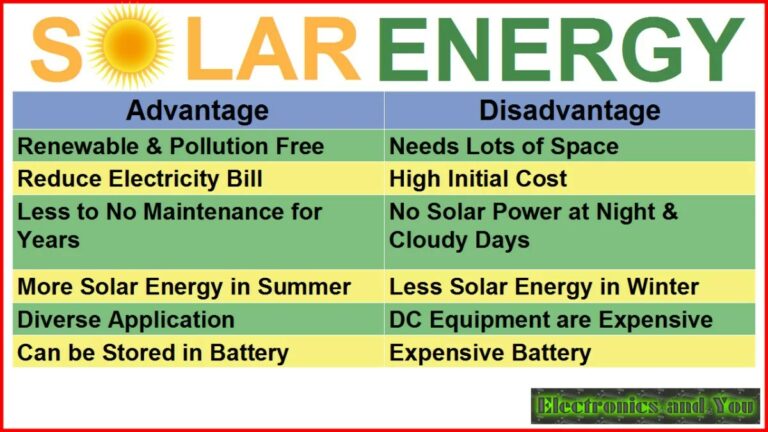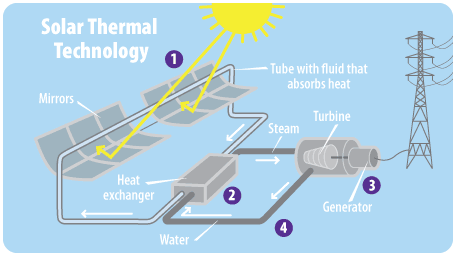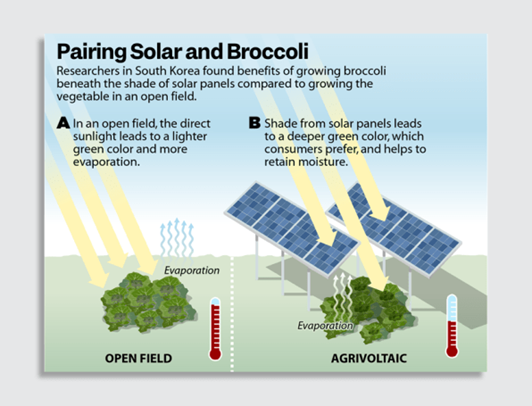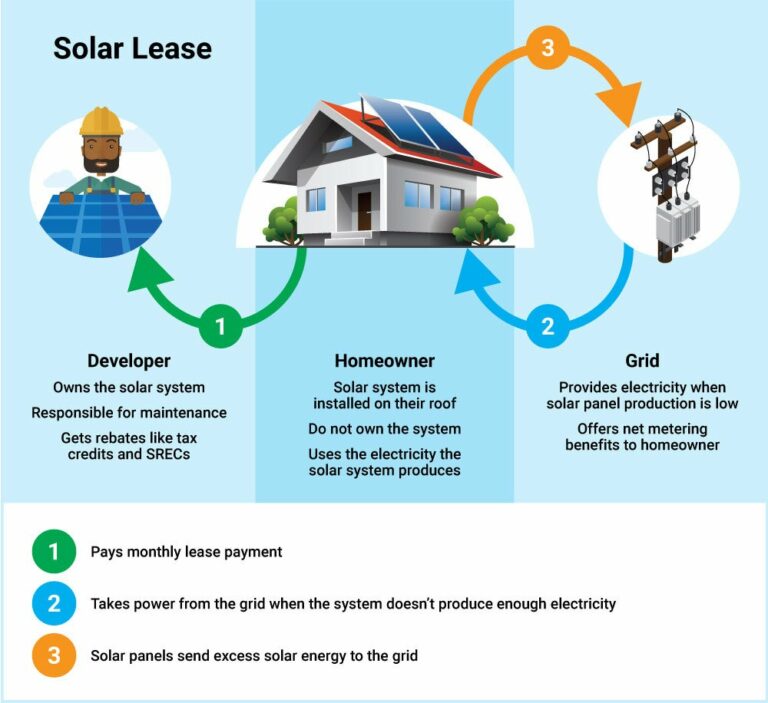What Is Solar Energy?
What is solar energy? Well, let’s start by imagining a world where we can power our homes and cities using sunlight. Sounds pretty cool, right? Solar energy is all about harnessing the power of the sun to generate electricity. It’s like having your very own supercharged solar superhero providing clean, renewable energy for your everyday needs.
So, how does solar energy work? It’s quite clever, actually. Solar panels, made up of special cells called photovoltaic cells, soak up the sun’s rays and convert them into electricity. These panels are typically mounted on rooftops or in big solar farms, where they can soak up as much sunlight as possible. And the best part? It’s a never-ending supply of energy that won’t go away as long as the sun keeps shining (which, thankfully, it always does).
But why is solar energy such a big deal? Well, aside from being a planet-friendly choice, solar energy has some incredible benefits. It helps reduce greenhouse gas emissions, which contribute to climate change. It can also save you money on your energy bills in the long run. Plus, it’s a renewable resource, meaning we won’t run out of it like we might with traditional fossil fuels. So, by embracing solar energy, we can power our world while keeping it clean and green.
So there you have it. Solar energy is all about tapping into the sun’s power to generate electricity. It’s clean, renewable, and can save you money while helping to protect our beautiful planet. Ready to learn more? Let’s dive deeper into the world of solar energy and discover all the amazing things it has to offer!
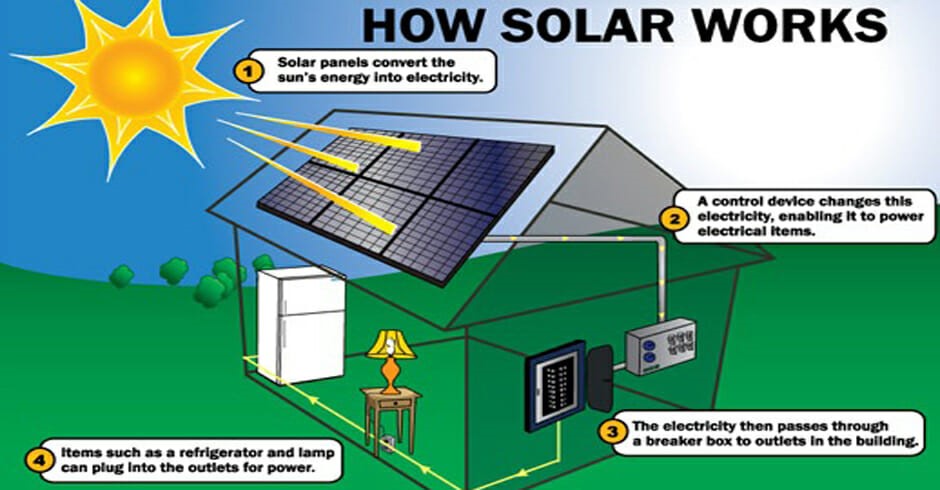
What is Solar Energy?
Solar energy is a renewable source of power derived from the sun’s radiation. It is a clean and sustainable alternative to traditional fossil fuels, producing electricity without harmful emissions. By harnessing the energy from the sun, we can reduce our reliance on non-renewable resources and combat climate change. Solar energy has gained significant popularity in recent years, with the development of advanced technology and the increasing need for environmentally friendly energy solutions.
The Science Behind Solar Energy
Solar energy is generated through a process called photovoltaic conversion. Sunlight contains tiny packets of energy called photons. When photons strike the solar panels, they release electrons from atoms, generating an electric current. The photovoltaic cells in the panels are usually made of silicon, a semiconductor that allows the flow of electrons. The electric current is then captured and transformed into usable electricity through an inverter. This direct current can power appliances and charge batteries or be converted into alternating current to be used on the electrical grid.
Solar energy systems require adequate sunlight to generate power effectively. Factors such as the tilt and direction of solar panels, as well as any obstructions like trees or buildings, can impact the efficiency of a solar energy system. Additionally, the amount of energy produced depends on various factors, including the time of year, weather conditions, and geographical location. It is important to consider these factors when installing a solar energy system for optimal performance.
The Benefits of Solar Energy
Solar energy offers numerous benefits, making it an attractive option for both individuals and businesses. Here are some of the key advantages of solar energy:
1. Renewable and Sustainable: Solar energy relies on the sun, a virtually infinite source of power, ensuring a continuous supply of energy without depleting natural resources. It is a sustainable and environmentally friendly solution.
2. Cost Savings: While the initial investment for installing solar panels can be significant, solar energy can save money in the long run. Once installed, solar panels can generate free and abundant electricity for many years, reducing or even eliminating monthly electricity bills.
3. Reduced Carbon Footprint: Solar energy does not produce greenhouse gas emissions or other harmful pollutants during operation. By transitioning to solar power, individuals and businesses can significantly decrease their carbon footprint and combat climate change.
4. Energy Independence: Installing solar panels provides energy independence, allowing individuals and businesses to generate their electricity. This independence protects against rising electricity costs and reduces dependence on the traditional power grid.
5. Job Creation: The solar energy industry has experienced significant growth, leading to the creation of numerous job opportunities. From manufacturing and installation to maintenance and sales, the solar industry is a source of employment and economic growth.
6. Low Maintenance: Solar panels require minimal maintenance once installed. Regular cleaning to remove dust or debris and occasional inspections to ensure optimal performance are generally all that is needed.
7. Versatility: Solar energy can be utilized in various applications, including residential, commercial, and industrial settings. It can power everything from houses and streetlights to large-scale power plants.
Solar energy offers a clean and sustainable alternative to traditional energy sources. With its numerous benefits and increasing accessibility, solar power is revolutionizing the way we generate electricity. Embracing solar energy can help create a more sustainable future and mitigate the damaging effects of climate change.
Key Takeaways: What is Solar Energy?
- Solar energy is energy from the sun that we can use for different purposes.
- The sun’s rays contain tiny particles of energy called photons.
- Solar panels are used to capture the sun’s energy and convert it into electricity.
- Solar energy is a renewable source of energy and is good for the environment.
- Using solar energy can help reduce our dependence on fossil fuels.
Frequently Asked Questions
In this section, we will answer some common questions about solar energy.
How does solar energy work?
Solar energy is generated through the use of photovoltaic (PV) cells, which convert sunlight into electricity. These cells are made of semiconductor materials, typically silicon, that create an electric field when exposed to sunlight. When sunlight hits the cells, the photons in the light excite the electrons in the silicon, causing them to flow and create an electrical current. This current can be used to power various devices or stored in batteries for later use.
The solar energy system also includes other components such as inverters, which convert the direct current (DC) produced by the PV cells into alternating current (AC) for use in homes and buildings. Additionally, a solar energy system may include a net metering system that allows excess electricity generated during the day to be fed back into the grid, earning credits that can be used during periods of low solar generation or at night.
What are the benefits of solar energy?
Solar energy offers numerous benefits. First and foremost, it is a renewable source of energy that does not deplete natural resources like fossil fuels. This makes solar energy an environmentally friendly option that reduces greenhouse gas emissions and helps combat climate change. Furthermore, solar energy can lower electricity bills, as it allows homeowners and businesses to generate their own electricity, reducing their dependence on the grid. It also provides energy independence, as it is not subject to fluctuations in fuel prices.
Another benefit of solar energy is its versatility. Solar panels can be installed on rooftops, in open fields, or even integrated into building materials like solar shingles. Solar energy can be utilized on various scales, from small residential systems to large utility-scale installations. Moreover, solar energy systems require minimal maintenance and have a long lifespan, offering reliable and cost-effective energy solutions.
Are there any drawbacks to solar energy?
While solar energy has many advantages, there are a few drawbacks to consider. The initial cost of installing a solar energy system can be high, although prices have been declining in recent years. However, it’s important to note that the long-term savings on electricity bills can outweigh the initial investment. Additionally, solar energy generation is dependent on sunlight, so its availability and output can vary depending on weather conditions and geographical location.
Another potential drawback is the space required for solar panel installation. Large-scale solar farms may require vast areas of land, and not all properties may have adequate space for sufficient solar energy production. However, advances in technology have allowed for more efficient solar panels, reducing the total area needed. Finally, solar panel manufacturing involves the use of some hazardous materials, highlighting the importance of proper recycling and disposal practices to mitigate environmental impact.
Can solar energy be used at night or during cloudy days?
Solar energy systems can still be beneficial during periods of low sunlight. Battery storage systems can be used to store excess electricity generated during the day for use at night or during cloudy days. During times when a solar energy system does not produce enough electricity to meet the demand, electricity can be drawn from the grid. Additionally, some regions offer net metering programs that allow excess electricity generated during sunny periods to be fed back into the grid, earning credits that can be used later.
It’s also worth mentioning that solar energy systems work with diffused sunlight, which means they can still generate electricity even on cloudy days. While the energy output may be lower than on sunny days, solar panels can still contribute to meeting energy needs. Therefore, solar energy can be a reliable and viable source of electricity even in areas with less sunlight.
Is solar energy suitable for all types of buildings?
Solar energy can be installed on various types of buildings, including residential homes, commercial buildings, and even agricultural structures. As long as there is sufficient sunlight exposure, solar panels can be mounted on rooftops, facades, or even on the ground. However, factors such as the roof orientation, shading from surrounding structures or trees, and the available space should be taken into consideration to ensure optimal solar energy production.
In some cases, buildings with historical preservation restrictions or limited roof space may face challenges in installing solar panels. However, innovative solutions like solar awnings or community solar projects can still provide access to solar energy for those unable to install panels directly on their buildings. It’s important to consult with solar energy professionals to determine the best approach for each specific building or situation.
How do solar panels work? – Richard Komp
Summary
Solar energy is a type of renewable energy that comes from the sun. It is a great source of power because it is free and does not harm the environment. Solar panels can be used to capture sunlight and convert it into electricity. This clean energy can be used to power our homes, schools, and even cars. By harnessing solar energy, we can reduce our reliance on fossil fuels and help protect our planet for future generations. So let’s embrace the power of the sun and make a brighter and greener future!

